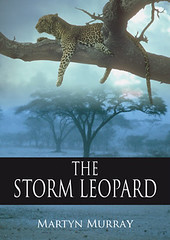And what is servitude? Not difficult questions for those living under tyranny, whether at home, behind prison bars or under the watchful eye of a ruthless state. But for those of us living in happier circumstances, fragments of freedom and oppression lie scattered across our lives like an abstract painting. Are you free? Is your partner? Your child? Your boss? Your assistant? How do we make sense of the confusion?
As someone who loves boats, this painting of Mirosa, a Thames sailing barge, surging down river under a press of canvas speaks to me of one man’s freedom. I can imagine the skipper as a boy dreaming of owning his own sailing craft, and years later as the proud owner taking her helm for the first time.

Sailing barges on the Thames River – abandoned, not forgotten
Photo by Mick Nolan of the Thames Sailing Barge Trust
There is little room for such dreams in today’s high speed world but we sometimes cling to the past, unable to keep the dreams alive, unwilling to let them go. These almost forgotten dreams are important. They may contain clues to the kind of freedom we aspire to, the kind we would hope to enjoy in an open society.
If we look again at Mirosa, we may find that her comely oak prow is pointing at the essence of freedom itself. What she teaches is that personal freedom is found wherever your dreams can be brought to life. That, I believe, is the heart of the matter. Freedom is found wherever people can bring their dreams to life, whether in the family, workplace, or society.

Happily, Mirosa still sails:
http://www.thamesbarge.org.uk/barges/barges/mirosa.html
I was fortunate to grow up in the sixties and seventies when freedom of this kind abounded and Britain was a creative powerhouse. I am concerned that opportunities are dwindling today and age-old liberties are being curtailed. It prompted me to write a book . It’s not yet available but it tells the story of an old wooden ketch, Molio, which I found in a backwater and brought back to life.





